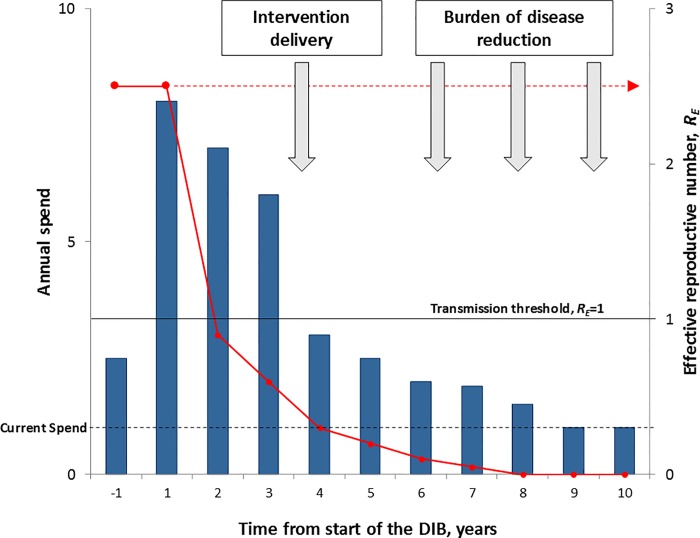Fig 1. DIB cash flow and infectious disease control.
The graph shows a stylised DIB cash flow profile (annual spend) and the impact on disease transmission (effective reproductive number, RE). Before the DIB is implemented, the current spend on control (broken black line) is inadequate to interrupt transmission (RE>1) and shows that in the absence of the additional financing, the disease would persist in an endemic state (broken red line). The DIB financing is shown by the blue bars and can be broken down into four phases. Preimplementation Phase (Y–1): detailed design; establishment of surveillance systems; baseline surveys; piloting reporting systems; strengthening of the policy framework. Suppression Phase (Y1–3): rollout of mass intervention campaigns; flexible, reactive management to achieve critical coverage and to interrupt transmission (RE<1); routine reporting; audit of intervention coverage. Consolidation Phase (Y4–8): shift from mass intervention to surveillance and reactive interventions; protection against reintroduction of the disease. Postcontrol Maintenance Phase (Y9–10): Capacity embedded in local system and ideally fully financed locally. The “front loaded” cash flow profile, which is characteristic of DIB financing, is ideally suited to infectious disease control and stands in contrast to the traditional flat year-on-year funding. Potential payment triggers for partial repayment of capital linked to intervention coverage and full capital repayments plus interest based on disease reduction are also shown (grey arrows).

